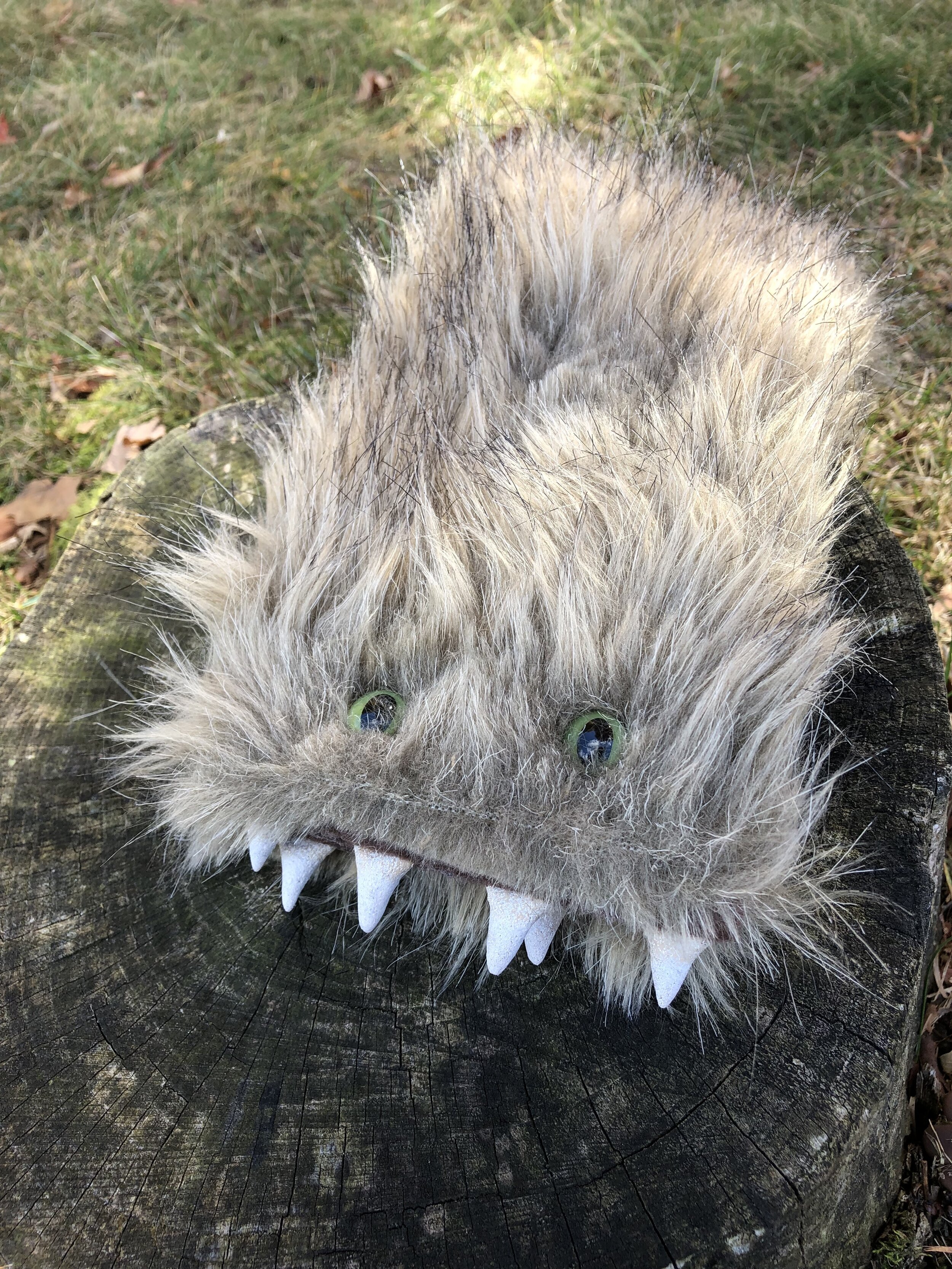Sky Bison
Michael MacWolff
Cryptologic Name: Exipodia petovonasos
Planar Origin: Ava
Habitat: Mountainous regions
Diet: Herbivorous
Appearance & Morphology
Sky bison are large bovine creatures somewhat resembling their nonmagical namesakes, the most similar morphological feature being their broad heads and curved horns. Sky bison have six strong legs, each with three toes, broad tails, and thick fur covering their bodies. Most sky bison are primarily white in color, with brown accents to their fur, though some variations have been observed. As with most herbivores, their wide jaws have flat teeth for grinding vegetation.
Behavior & Magical Abilities
Sky bison get their name from their ability to fly. These creatures can manipulate their own body mass, as well as control air currents around them with a significant degree of precision, making them quite agile in the air despite their physical bulk.
Sky bison are generally quite docile and content to ignore and be ignored by most other animals. These normally gentle giants are, however, fiercely protective of their young and their sheer size and mass make them quite dangerous when they have young calves to take care of. They will often use their ability to control air currents as a defensive weapon when confronted with predators.
Field Notes
These fascinating creatures do possess a high level of intelligence and can be domesticated given proper time and training. On their home plane, a nation of people with a similar ability to control air raise these creatures as lifelong companions.
This is one of many examples of large, entirely non-aerodynamic animals being able to soar the skies magically. I would be fascinated to look into how so many such creatures developed this ability,









